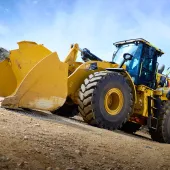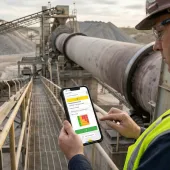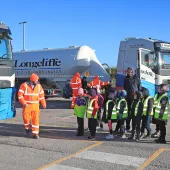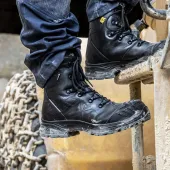CPA publishes new telehandler guidance
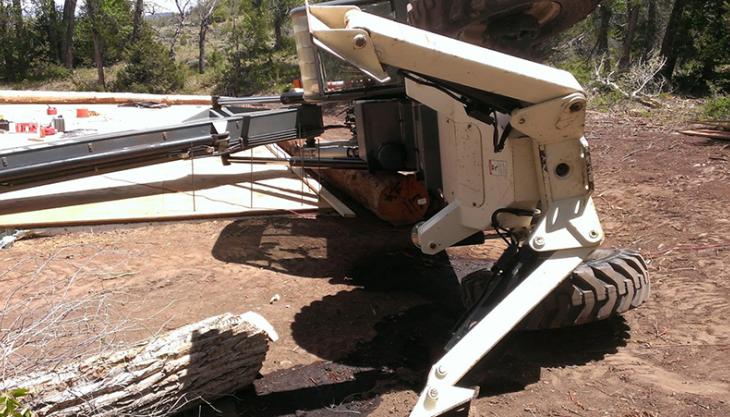
Association provides additional clarification on good industry practice on the carrying of suspended loads
IN 2013, the CPA’s (Construction Plant-hire Association) Strategic Forum Plant Safety Group published revised guidance intended to help industry reduce the risk of accident and injury when working with telehandlers.
Now additional guidance on suspended loads in the ‘Safe Use of Telehandlers in Construction’ has been written to provide clarification on good industry practice. This new guidance is available for download as a four-page stand-alone document and will be incorporated in the main guidance document at its next published revision.
Lifting and travelling with suspended loads is not the primary purpose of telehandlers. When selecting equipment for this activity, the first step should be to ensure that a telehandler is suitable for carrying out the task safely. Where other equipment is more suitable, it should be used.
The lifting of suspended loads with telehandlers and travelling with those loads is generally more hazardous than lifting unit loads on the forks of a telehandler.
In one example of bad practice, a 17m telehandler was lifting steel columns from a nearby lay-down area and positioning them for erection. While manoeuvring with the boom section extended to give sufficient ground clearance, the telehandler tilted to one side causing the machine to overturn.
The telehandler in question came to rest when the extended boom penetrated the roof of an adjacent building. At the time of the incident the vehicle was traversing an excessive slope of approximately 9.5°. The accident was caused by inappropriate use of the telehandler for this task.
The particular issues associated with using telehandlers to lift suspended loads are covered in the new four-page guidance. These include: planning; operator training; lifting suspended loads; and travelling with suspended loads. A more detailed explanation of the issues covered in this document, together with the general safe use of telehandlers, can be found in the original document, ‘Safe Use of Telehandlers in Construction’, which can be downloaded free of charge from the CPA website.
In the new document, the section dealing with tyre replacement and tyre pressures has also been extended, to reflect the importance of tyres on the stability of a telehandler. More emphasis has also been added to the guidance on use of seatbelts as an essential safeguard to protect the operator if the machine does overturn.



